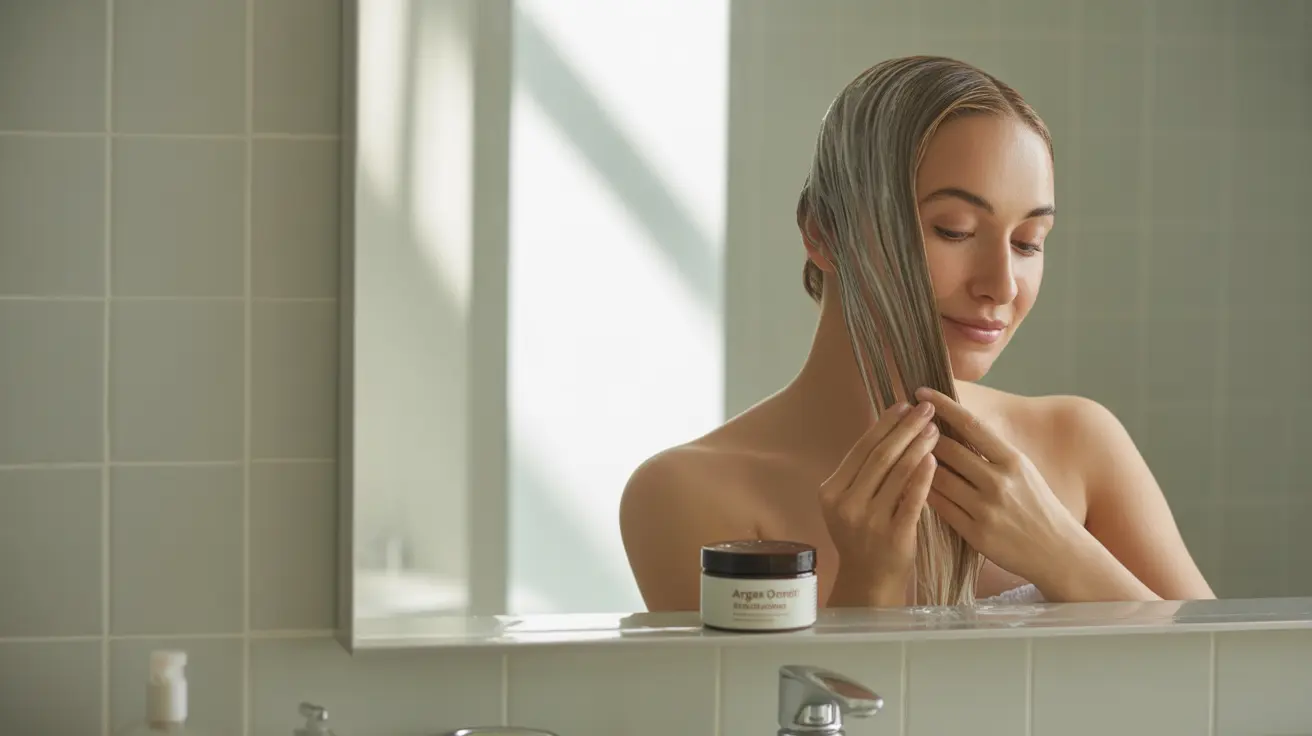Dealing with stringy hair can be frustrating and impact your confidence. This common hair concern occurs when strands appear separated, limp, and lack volume, often feeling greasy or weighed down. Understanding the causes and implementing proper hair care techniques can help you transform your locks from stringy to vibrant and full of life.
Whether you're experiencing occasional stringiness or dealing with persistent flat, lifeless hair, this comprehensive guide will help you identify the root causes and provide effective solutions to restore your hair's natural bounce and vitality.
Understanding the Causes of Stringy Hair
Several factors can contribute to stringy hair, including:
- Excess oil production
- Product buildup
- Fine hair texture
- Over-conditioning
- Hard water minerals
- Incorrect washing techniques
- Hormonal changes
- Diet and nutritional factors
Identifying the specific cause of your stringy hair is crucial for implementing the most effective treatment strategy.
Essential Solutions for Stringy Hair
Adjust Your Washing Routine
The key to combating stringy hair often lies in your washing technique. Use lukewarm water instead of hot water, and focus shampoo application on the scalp rather than the lengths. Consider implementing a double-cleansing method when necessary to remove excess oil and product buildup effectively.
Choose the Right Products
Select hair care products specifically formulated for your hair type and concerns:
- Clarifying shampoos to remove buildup
- Lightweight conditioners
- Volumizing products
- Oil-free styling products
- Dry shampoo for between washes
Proper Conditioning Techniques
Apply conditioner primarily to the mid-lengths and ends of your hair, avoiding the scalp area. This prevents weighing down your roots while still providing necessary moisture to the parts of your hair that need it most.
Prevention Tips and Long-term Care
Lifestyle Modifications
Consider these lifestyle changes to maintain healthy, voluminous hair:
- Regular scalp exfoliation
- Balanced diet rich in vitamins and minerals
- Proper hydration
- Regular trims to remove damaged ends
- Using silk or satin pillowcases
Product Application Methods
The way you apply hair products can significantly impact their effectiveness. Use upward motions when styling to create volume, and avoid applying heavy products near the roots. Consider using a root lift spray or mousse to add body at the crown.
When to Seek Professional Help
If stringy hair persists despite proper care and maintenance, consider consulting a professional. Signs that indicate you should see a dermatologist or trichologist include:
- Sudden changes in hair texture
- Excessive hair loss
- Scalp irritation or inflammation
- Persistent oiliness despite treatment
- Dramatic changes in hair health
Frequently Asked Questions
What causes hair to become stringy and limp?
Hair becomes stringy and limp due to excess oil production, product buildup, fine hair texture, over-conditioning, or improper washing techniques. Environmental factors like hard water and hormonal changes can also contribute to this condition.
How can I fix stringy hair and restore volume?
To fix stringy hair, use a clarifying shampoo to remove buildup, adjust your conditioning routine to focus on ends only, implement volumizing products, and consider a double-cleansing method when washing. Using lightweight products and proper styling techniques can help restore volume.
What hair care routine helps prevent stringy and oily hair?
An effective routine includes washing with lukewarm water, using appropriate products for your hair type, proper conditioning techniques, regular scalp exfoliation, and spacing out wash days appropriately. Using dry shampoo between washes can help manage oil production.
Are there specific shampoos or conditioners recommended for stringy hair?
Look for lightweight, volumizing shampoos and conditioners that don't contain heavy oils or silicones. Clarifying shampoos used periodically can help remove buildup, while products containing proteins and lightweight moisturizers can help maintain volume without weighing hair down.
When should I see a dermatologist or hair specialist for persistent stringy hair?
Consult a professional if you experience sudden changes in hair texture, excessive hair loss, scalp irritation, or if stringiness persists despite proper care. A specialist can identify underlying causes and recommend targeted treatments for your specific situation.




